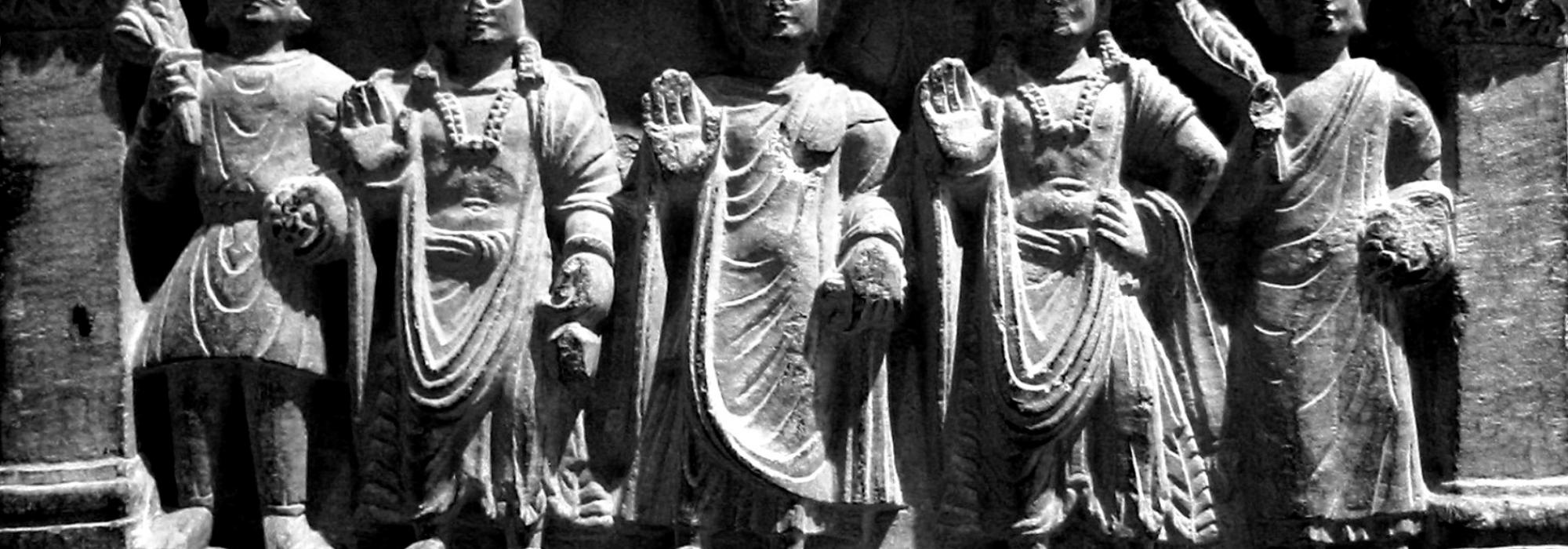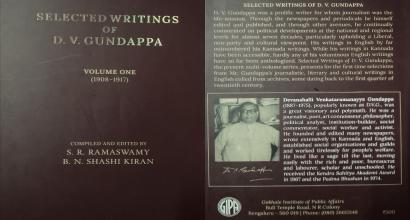Kosambi says that the Bhagavad-Gita verses 2.55-72 would not have been possible without the influence of Buddhism (M&R, p. 20). There are three reasons why this statement is absolutely false:
- While the Gita makes many references to the Vedas and its seers – 7.8 (I am om in all the Vedas...), 8.11 (Those well-versed in the Vedas call it the eternal state...), 9.17 (I am the Rig-, Yajur-, and Sama Vedas...), 10.22 (I am Samaveda among Vedas...), 13.4 (Seers have revealed this knowledge in many distinct ways in the sacred poems of the Vedas...), 15.15 (I know all the Vedas. I am the author of the Upanishads...), etc. – it makes no mention of Buddha.
- If at all the Gita had taken any ideas from Buddhist teachings, the Buddhist commentators and scholars would have made noise about it. In the entire gamut of traditional Buddhist works and commentaries, no such accusation is to be found.
- The Buddha himself has said in the Kutadantasutta (of the Suttapitaka) that he is saying nothing different from what the ancient seers have said; further, while elucidating his philosophy, Buddha uses several Vedic and Upanishadic terms. In fact, Buddhism would not have been possible without the influence of the Vedas. (Those interesting in understanding the Hindu roots of the Buddha can see Dr. Koenraad Elst’s scholarly piece "Did the Buddha Break Away from Hinduism?")
The truth is that the Bhagavad-Gita owes much of its wisdom to the Vedas, which are clearly older than the Buddha (at least by 2,500 years). Just to get a sense of how verses 2.55-72 are drawn from the Vedas, let us look a few of those verses. BG 2.55 talks about the purging of dualities and being satisfied within the true self. Rigveda Samhita 1.164.20 speaks about two birds sitting on the same fig tree with one eating the fruit and the other merely observing. This is a classical example used in Indian philosophy for the purging of duality – the first bird symbolizes one who is involved with the duality of the world while the second bird symbolizes one who has transcended duality.
[contextly_sidebar id="w85UBlrSDqAh9AjKIUbNR2icKMnuOORu"]BG 2.56 speaks about freedom from passion, anger, and fear. BG 2.60 declares that the turbulent senses forcibly distract the mind even of a wise person who is sincerely striving to control them. And RVS 7.86.6 says, “O Varuna, it is not by choice that we sin it is because of the existing conditions; that force leads us to intoxication, anger, gambling, and ignorance.”
BG 2.57-59 speaks about a person of steady intellect – one who is detached from the pleasant and the unpleasant, one who withdraws his senses, and one who keeps away from the cravings. RVS 10.63.12 is a prayer to the deities asking for pretty much the same things: “O deities! Destroy disease. Keep us away from thoughts that oppose selfless service. Keep away from us the malicious ones and the enemies. Grant us happiness for our well-being.”
BG 2.67 says, “When the mind is led astray by wandering senses, it carries away one’s wisdom.” RVS 10.57.1 is a prayer to Vishvedevas – “Let us not stray from the path. Let us not abandon offering soma to the fire of yajna (basically, let us not forsake our duty). Let enemies not obstruct our path.”
BG 2.69 says that the wise one is awake to the wisdom while all others are asleep to it; the wise one is asleep to sensory pleasures while all others are awake to it. RVS 10.82.7 says, “The people of the world are mostly enveloped by ignorance; they are full of pride, preoccupied with sensual comforts, and driven by selfish motives.”
Similarly, BG 2.72 speaks about the state of brahman, the supreme being, which is again a concept from the Vedas (and even Buddha invokes this).








































